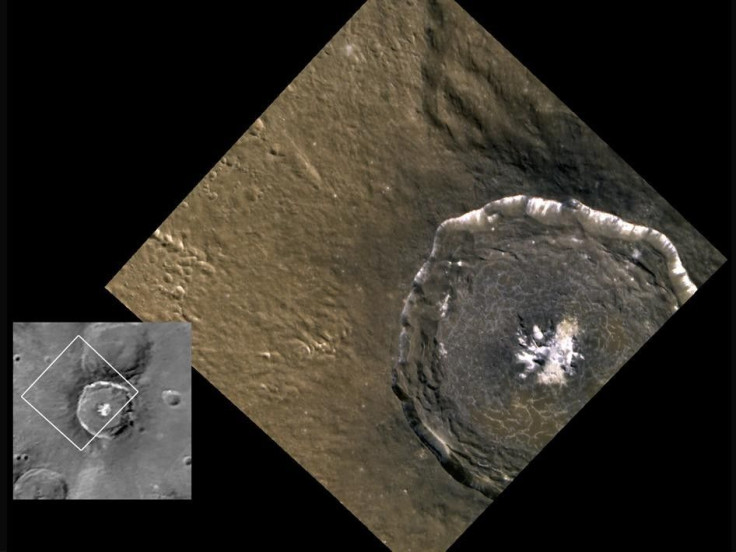NASA spacecraft reveals surprising 'personality' of Mercury for the first time

Based on the data from its Spacecraft MESSENGER, NASA scientists have made some surprising discoveries about the planet Mercury. The spacecraft, first ever to orbit Mercury, is providing scientists important clues to the origin of the planet and its geological history to better understand its dynamic interior and exterior processes.
We are assembling a global overview of the nature and workings of Mercury for the first time, said MESSENGER principal investigator Sean Solomon of the Carnegie Institution of Washington. Many of our earlier ideas are being cast aside as new observations lead to new insights.
Magnetic Fields
New data from MErcury Surface, Space ENvironment, GEochemistry, and Ranging spacecraft, or MESSENGER have confirmed that that bursts of energetic particles in Mercury's magnetosphere are a continuing product of the interaction of Mercury's magnetic field with the solar wind. The planet's global magnetic field is of interest partly because Mercury is the only rocky planet other than Earth to have one.
Prior to Messenger's readings, the magnetic field of Mercury was thought to be more or less a small version of that of Earth. But Messenger's readings are showing that's not the case, said researchers.
The planet's magnetic equator is located to the north of the planet's geographic equator, which suggests that south polar region is much more exposed than the north to bombardment by charged particles from the sun.
Clusters of rimless, irregular pits
Mercury's previous flyby images revealed bright, patchy deposits on some crater floors. As there were no high-resolution images to obtain a closer look, these features remained only a curiosity. Now, new detailed
images have revealed these patchy deposits to be clusters of rimless, irregular pits varying in size from several hundred feet to a few miles wide. These pits are often surrounded by diffuse halos of more reflective material.
Volcanic activity
Observations have also revealed substantial amounts of sulfur at Mercury's surface. It suggests that Mercury's original building rocks have been less oxidized compared to that of the other terrestrial planets. The result also hints that sulfur-containing gases may have contributed to past explosive volcanic activity on Mercury. These new observations have confirmed that volcanism has substantially shaped Mercury's crust and surface for much of its history, researchers said.
A world on its own
As per the spacecraft's observations so far, there was a notion that Mercury is similar to the moon. In fact, the early returns indicate that it's also very different than the other terrestrial planets. But, as shown by the elemental ratios averaged over large areas of the planet's surface, Mercury's surface differs markedly in composition from that of the moon.
Mercury really is a world in and of its own, said Messenger project scientist Ralph McNutt of APL. Just like the Earth, it's got its own personality.
Water ice on Mercury?
Whether Mercury possesses water ice on its surface? This is one of the significant questions MESSENGER is expected to answer.
Since the average surface temperatures on the planet can top 842 degrees Fahrenheit (450 degrees Celsius), the idea might not seem very likely.
However, two decades ago, Earth-based radar images showed deposits thought to consist of water ice and perhaps other ices near Mercury's north and south poles. By measuring the floor depths of craters near Mercury's north pole, MESSENGER is testing this idea. Till now, the probe's data indicate that some polar craters may be so deep that their floors are in permanent shadow.
Launched in August 2004, the $446 million MESSENGER mission was designed to map Mercury fully for the first time. The spacecraft was designed and built by APL, the lab that manages and operates the mission for NASA's Science Mission Directorate (SMD) in Washington.
© Copyright IBTimes 2024. All rights reserved.






















